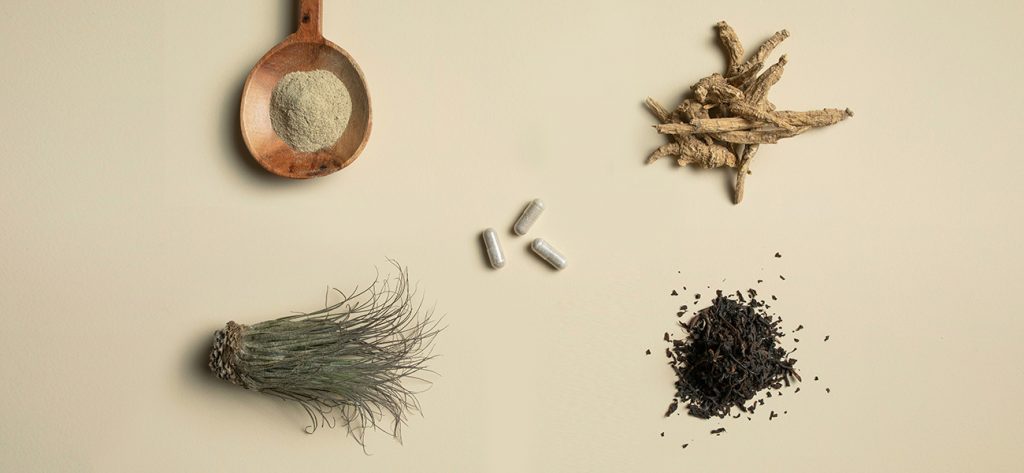The process of formulating Plato began as a personal mission to create a safe, simple, effective nootropic for ourselves, our friends, and our families.
There are a rainbow of ingredients available that match the definition of a nootropic, but when push comes to shove, after 18 months of research, only a few ingredients met our primary criteria:
1) We only considered ingredients that had been shown through multiple randomized controlled trials (the gold standard of medical research) in healthy young adults to be well-tolerated, safe, and effective.
2) We didn’t want anything stimulating – when it comes to stimulating ingredients, there’s no ‘free lunch’ – every boost is accompanied by a matching downside somewhere down the line.
3) We wanted only ingredients that worked well for everybody – many nootropics are effective for some people but do nothing (or worse) for others.
4) We didn’t want anything habit-forming or that needed to be cycled to remain effective.
These criteria narrowed down the field, but that was only the beginning of the process of identifying the sources we’ve included in Plato.
That seems odd, doesn’t it? If you know you want a certain herb, you’d think you get some, put it in a cap, and call it a day, right?
As it turns out, if you care about what you put in your body, once you have a formula, you’re left with almost more questions than when you began.

Plato is made from branded standardized extracts
Plato is made from plants, and plants, like people, aren’t all alike.
Seasonal variation, changes due to weather, and even differences from plant to plant — all are common causes for variations in the potency of herbs and roots.
For that reason (and a few thousand others), Plato is formulated with branded, standardized extracts.
‘Standardized’ means every batch of each ingredient is identical in potency and purity, season to season, year over year. This is ensured through loads of testing and a blending process used to keep every batch consistent.
‘Branded’ means we buy from suppliers who are proud to put their name on the product.
Most supplements are made of generic ingredients, which is fine for, say, processed foods, but not so much for nootropics. Our ingredients come with a name attached so you can trace them back to the source.
Of the branded, standardized extracts, our goal was to find the formulas whose whose active ingredient profiles most closely matched the extracts used in the best studies available.

With Panax ginseng, we went to Italian producers Indena® for a high-concentration extract with tightly controlled ratios of ginsenosides Rg1 and Rb1 similar to the G115 standard used in the most promising studies of Panax ginseng.
For Bacopa monnieri, the best evidence comes from research done on Bacognize® by Verdure Sciences itself, and at exactly the 300mg quantity used in Plato. If you noticed a discrepancy between the NLT 12% bacopa glycoside by HPLC potency on Plato and the 45% by UV-VIS you may have seen on other products – good eye! It’s the same product with a different name, but please check out the FAQ answer for more.
In the case of Rhodiola rosea, we were excited to find Jiaherb’s Rhodiola5Plus™ #2, which confers 3% rosavins and 2% salidroside, closely matching the profile of the SHR-5 extract used in the best Rhodiola studies. Rhodiola5Plus™ #2 is also part of a Jiaherb’s HerbaLink program, a unique chain-of-custody documentation strategy that traces each lot back to its source.
With L-theanine we’re dealing with an amino acid – a single molecule, a pure ingredient, which means all sources are created equal. That makes it easy!


